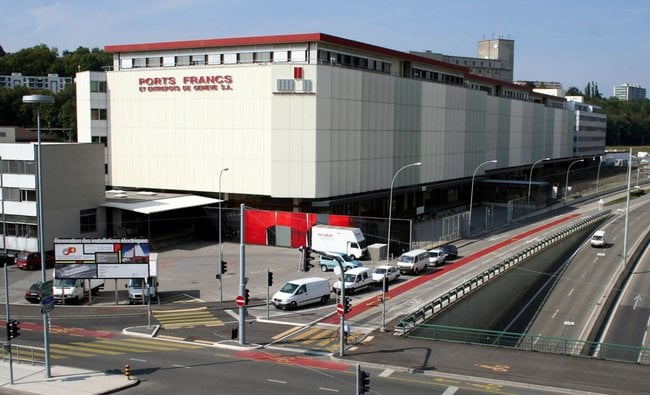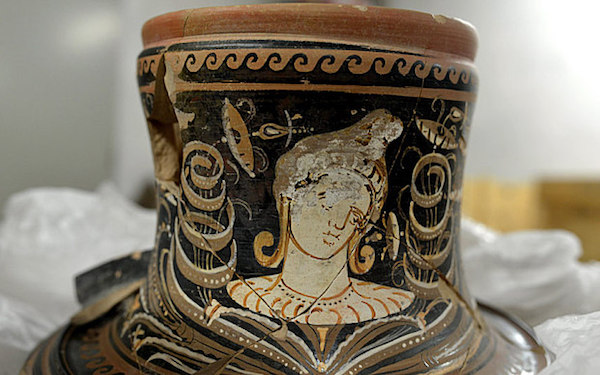Law & Politics
Freeports Come Under Scrutiny by UNESCO as Havens for Stolen Cultural Property
Could this signal the beginning of an attempted crackdown?

Could this signal the beginning of an attempted crackdown?

Caroline Elbaor

The Intergovernmental Committee for Promoting the Return of Cultural Property to its Countries of Origin or its Restitution in case of Illicit Appropriation (ICPRCP) convened on September 29 in UNESCO’s Paris headquarters to discuss the problematic growth of freeports as means of illegally trafficking art and cultural property.
An official document has since been released by UNESCO detailing the issue and the dialogue surrounding possible solutions.
The September meeting was a follow-up to a March 2016 round table discussion on the same issue, in which economist Françoise Benhamou, brought the issue of freeports to the forefront.

One of the numerous antique terracotta pots found in the cache at a Geneva Freeport.
Photo: © Ministère Public Genevois.
Freeports, as defined by the report, were initially tax-free warehouses created to temporarily retain manufactured goods. “The ‘free’ aspect of free ports refers to the suspension of customs duties and taxes. Today, goods may be kept there for an unlimited period of time and at minimal expense,” the report says.
Because of the nature of this system, one could essentially hold stolen cultural items in these warehouses for an undetermined amount of time without consequence: “There is a high risk that the free ports are used by art dealers to store works of art from thefts, lootings or illicit excavations for resale in the black market when things have cooled down, even many years later.”
According to the report, big name institutions have been implicated in involvement with such freeports, causing embarrassment: “For example, in 1995, it was discovered that the free port of Geneva was a haven for an international network of looted antiquities linked to the Getty Museum in Los Angeles.”
More recent cases again cite Switzerland as a mecca of freeports. A 2003 example recalls Swiss Customs recovering stolen ancient Egyptian artifacts—including two mummies—again in a freeport in Geneva, and as recent as 2014, Roman and Etruscan antiquities were “discovered hidden in a repository in Geneva.”
However, current proposals for solutions remain unclear, at best. “The Committee may consider proposing to the Member States to amend their national legislation in order to better describe and regulate the phenomenon of free ports, with a special focus on the issue related to the storage of cultural property and its illicit trafficking.”
Meanwhile, French Finance Minister Michel Sapin also spoke on the matter this past Thursday, linking freeports to unregulated channels for funding terrorism. “We have to fight the trade in works of art as part of the fight against terrorist financing,” he said before a meeting of G20 finance ministers.
Sapin called the freeports a “weak link” in the fight against global terrorism. He has previously called for tax havens to be blacklisted, a measure adopted at this year’s G20 summit in China.
The UNESCO report in full can be found here.